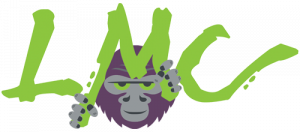Meet the Innovators: David Inns, CEO GreatCall
Q&A With Leaders in Technology and Aging
We recently had the opportunity to talk with David Inns, CEO of GreatCall. We’re sharing highlights from our conversation in this edition of our blog series on innovators in the Technology and Aging industry.
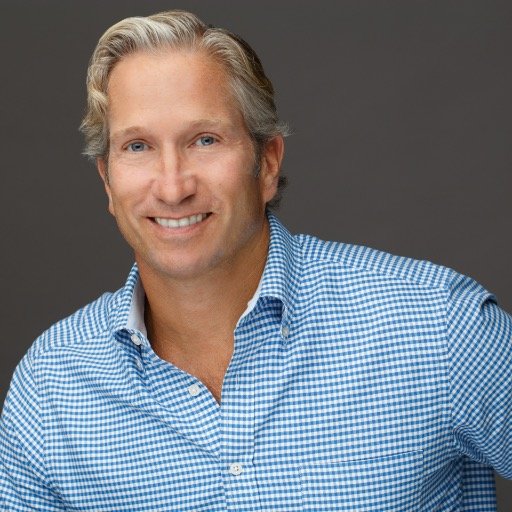
Q: Hi David. Thanks for talking with us today. Can you briefly explain who you are and what you do?
A: My name is David Inns. I’m the CEO of GreatCall. GreatCall is leader in “active aging” technology and services that help older individuals stay independent longer.
Q: Can you tell me how you got started in this industry?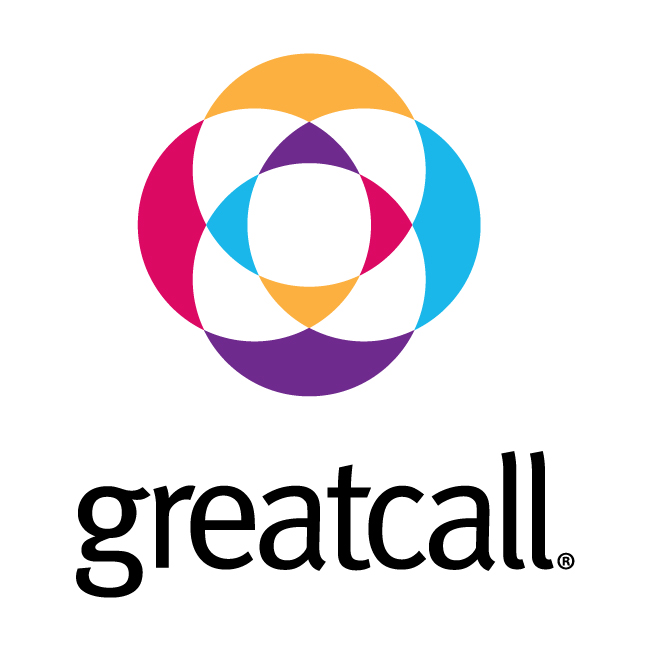
A: It was in 2006. I met an older couple, Marty Cooper and his wife, Arlene Harris. He’s the inventor of the original cell phone, a really interesting guy. They had an idea for a company to develop technology for older consumers. I’d just been going through a caregiving experience with my own parents and I thought it was a great idea, so I joined the company. We launched in 2006 with zero revenue, and now here we are today with over 1,000 employees and hundreds of millions in revenue.
Q: Wow, that’s awesome! So what was the idea for the first product?
A: Our original product was the Jitterbug cell phone. That was all about helping older consumers adopt cell phone technology. Our thinking has evolved over time, and now it’s about how we can help older consumers get connected in ways that help their overall wellbeing, for example by providing health and safety services, or like medication adherence, or telehealth services to help them stay healthy between doctor visits, or emergency concierge services. All these services and more can happen once you have the connectivity established.
Now, we have a whole portfolio of products we can put in the hands of older consumers, to get them reliably connected. So, if your mom isn’t ready for the latest smartphone, if it doesn’t make sense for her or she isn’t comfortable with it, then that’s not a reliable method of connection for her. Maybe a medical alert is more appropriate for her, or in-home sensors for passive monitoring. We want to help people find what they feel comfortable with, because that’s the best way to make it reliable for them. It’s not reliable unless they’re willing to adopt it, and want to continue to use it. That’s what we’ve become expert at.
Q: You’ve been in this industry for ten years now. Do you have some advice you could offer a new entrepreneur?
A: I’d tell them that the most common mistake is designing technology backwards: starting from the healthcare system, or from doctors, or from family caregivers, designing from their needs instead of from the needs of the seniors. You have to design for them. Companies try to put solutions that benefit these other stakeholders into the hands of seniors, without providing benefits to the older consumer, but there has to be benefit to them if you want them to adopt it, something that makes them interested and excited about engaging with it. And that’s the key. Once you have that, then you go from there to see how to get information that can help the other constituents.
[pullquote align=”right” cite=”David Inns, CEO GreatCall” link=”” color=”#69AE22″]”…the most common mistake is designing technology backwards: starting from the healthcare system, or from doctors, or from family caregivers, designing from their needs instead of from the needs of the seniors.”[/pullquote]
Q: If you could change one thing in our industry, what would it be?
A: I would eliminate a lot of the questionable players with unreliable product quality and nefarious marketing tactics, because they do harm to seniors. They cast a pall, generate a negative reputation across the whole industry, when this should be a positive, feel good industry. We get up in the morning and help seniors be healthy and live longer, which is a great mission.
Q: And what do you think the industry is doing right?
A: We’re innovating quickly. We’re attracting venture capital, developing new companies, new startups. In the past, I think companies sometimes tried to customize technology too much, when in fact seniors are increasingly adopting mainstream technology. But most mainstream technologies don’t offer much customer service to back it up, because millennials don’t want it. They’d rather get the product at discount. But older consumers want customer service. They need help getting the device setup. When they first run into a barrier, they need to be able to call someone, or else guess what? They stop using it. With older consumers, it’s critical to bring customer service back into the equation.
Q: So, what’s coming up next for Great Call?
A: We’re expanding constantly and rapidly in vertical services, which is what we can offer once you’ve been connected. So, for example we’ve added a caregiver app that can take information from the devices, analyze it, and provide it in summarized form back to the family on how Mom is doing. There’s an unlimited amount of services we can provide vertically that can help improve the overall well-being of seniors.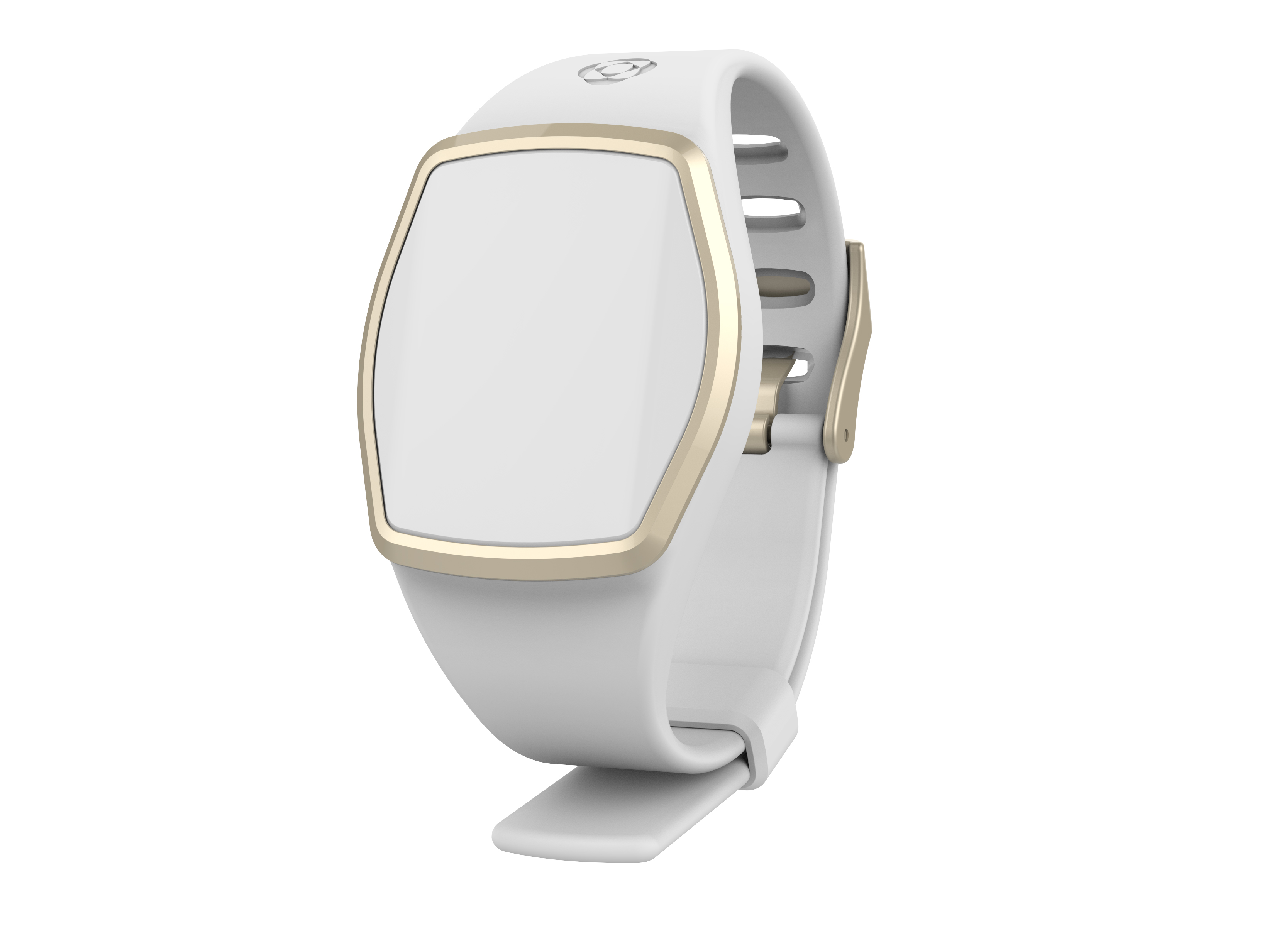
And we’re expanding horizontally into new product areas. Just recently we launched the Lively Wearable, a Bluetooth wearable device. Instead of a mass wearable designed for the average 20-year-old fitness buff, it offers daily challenges focused on activity recommendations for seniors. For example, we know that travel is a passion of our target market, so based on a travel theme, you can select a challenge you want to do. If you choose to tour the Roman Coliseum, that’s a 5,000 step challenge. It shows you pictures as you go. When you meet the challenge, it congratulates you, awards points, and notifies family caregivers. It does motion sensing and has fall detection. And if there’s a crisis, it includes a discreet button that you can press that’s connected to 5Star agents, who know who you are, where you are, your medical condition, and can contact your family or friends, or dispatch emergency services, if that’s what you need.
GreatCall is always innovating and looking at new methods of researching, developing, and selling services, and the Lively Wearable is an interesting example of that. Crowdfunding is obviously really popular right now, and so we felt it was important to get involved, to experiment and learn. We launched the Lively Wearable using an Indiegogo campaign, because we wanted to test and get feedback during the final development stages of the product and service, so that when we are ready for mass marketing, the product has the best chance of success. It’s one of the ways we’re continuing to look at things in different ways, continuing to expand technology for connecting older consumers.
Laura Mitchell Consulting is a strike team of marketing and growth strategy experts in the aging and technology industry. Know someone that we should feature in our “Meet the Innovators” blog series? Contact us at info@lmcllc.us and let us know!
